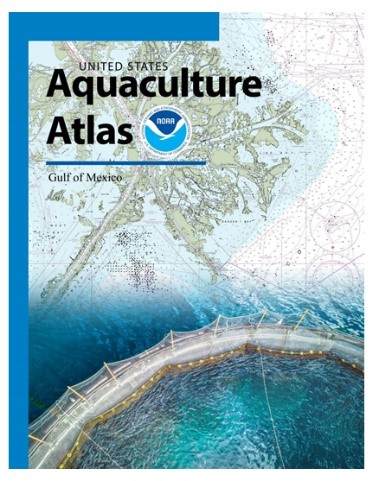 Presidential Executive Order 13921 (E.O.), Promoting American Seafood Competitiveness and Economic Growth (May 7, 2020), called for the expansion of sustainable seafood production in the U.S. to ensure food security; provide environmentally safe and sustainable seafood; support American workers; establish coordinated, predictable, and transparent federal action; and remove unnecessary regulatory burdens. The directive requires the Secretary of Commerce, in consultation with relevant federal agencies, to identify Aquaculture Opportunity Areas (AOAs) suitable for commercial offshore aquaculture development. AOAs are identified based on the best available science and through public engagement, to facilitate aquaculture production; support environmental, economic, and social sustainability; and minimize unnecessary resource use conflicts.
Presidential Executive Order 13921 (E.O.), Promoting American Seafood Competitiveness and Economic Growth (May 7, 2020), called for the expansion of sustainable seafood production in the U.S. to ensure food security; provide environmentally safe and sustainable seafood; support American workers; establish coordinated, predictable, and transparent federal action; and remove unnecessary regulatory burdens. The directive requires the Secretary of Commerce, in consultation with relevant federal agencies, to identify Aquaculture Opportunity Areas (AOAs) suitable for commercial offshore aquaculture development. AOAs are identified based on the best available science and through public engagement, to facilitate aquaculture production; support environmental, economic, and social sustainability; and minimize unnecessary resource use conflicts.
To support the E.O. requirement to identify AOAs, NOAA’s National Centers for Coastal Ocean Science collaborated with NOAA’s National Marine Fisheries Service to initiate a marine spatial planning study to identify potential AOA options in the federal waters of the U.S. Gulf of Mexico. The Areas of Interest (AOIs) for spatial analyses were identified using a series of public engagement approaches including a Request for Information published in the Federal Register (85 FR 67519; October 23, 2020) and one-on-one meetings with stakeholders. These AOIs were delineated based on bathymetric data for depths ranging between 50 m (164 ft) and 150 m (492 ft), political boundaries associated with offshore policies and regulation of submerged lands, outer continental shelf boundary, state and federal water demarcations, and marine protected areas.
Four distinct study areas were identified: West, Central, East, and Southeast. Geospatial analysis for identification of AOA options was based on a categorical framework to ensure relevant, comprehensive data acquisition and characterization for spatial suitability modeling. An authoritative spatial data inventory was developed that included data layers relevant to administrative boundaries, national security (i.e., military), navigation and transportation, energy and industry infrastructure, commercial and recreational fishing, natural and cultural resources, and oceanography. With over 200 data layers included in this analysis, the maps, models, and descriptions provide the most comprehensive marine spatial modeling in the U.S. Gulf of Mexico to date.
